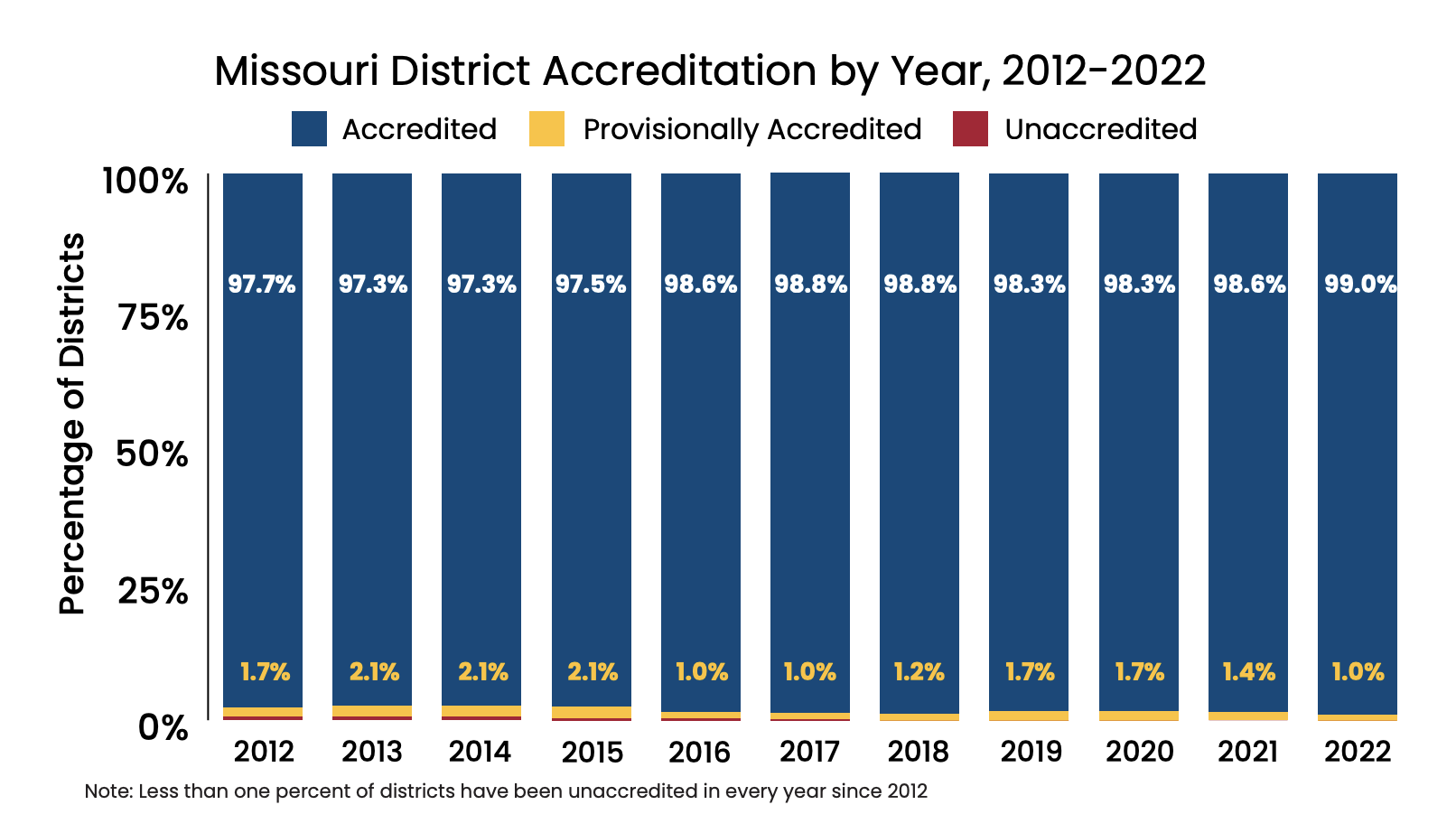How good is your child’s school?

Good parents focus on their children’s grades, rewarding our children when they bring home “A’s” and calling the teacher to see what we can do to help when grades fall to “C’s,” “D’s,” or even “F’s,”
Getting good grades is, after all, the main reason we send our children to school.
But do those grades actually mean anything if we don’t know how well the school itself is performing?
CEAM has helped thousands of families find schools that fit their children’s needs. Sadly, one of the most common issues these families face when moving to a new school is discovering just how far behind their child was at their original school (frequently several years behind grade level), despite the fact that in many cases they were getting good grades.
How can this happen? How can Missouri students be getting “A’s” in a subject at one school, only to find out that they are actually 2 years behind when they move to a school in another district?
Unfortunately, the answer is that Missouri’s accreditation system is broken and has been for some time.
A recent study of Missouri’s aging school accountability system shows that only three in ten Missouri students — and only one in ten Black Missouri students — are demonstrating fourth-grade reading proficiency on the National Assessment of Educational Progress (NAEP). However, nearly all (99 percent) of Missouri school districts are accredited, the state’s current signal for quality.
Measure What Matters: An Urgent Vision for Transparency in Missouri’s Measurement System, commissioned by the Kansas City Action Fund (KCAF) and Quality Schools Coalition (QSC), shows that since 2009, Missouri’s white student group performance on NAEP 4th grade reading proficiency has dropped from 21st in the country to 40th. Additionally, the proficiency gap between white and Black Missouri students has grown since 2019 and is now 25 percent.
The drop in success for Missouri students on NAEP could be a result of the rigor of our own state tests (Missouri is the only state in the country where state-level achievement tests are getting less strenuous than NAEP), but it is also hard to have high expectations when Missouri’s accreditation system is so flawed and hard to understand.
Missouri currently accredits schools using a system called the Missouri School Improvement Program (MSIP), a complex formula that seems to be designed to hide actual school performance data.

This can be clearly seen in the converse relationship between school accreditation and student performance. Since 2012, student proficiency in key subjects like math and English has slowly declined, while at the same time, the number of fully accredited school districts has slowly increased.
Clearly, the system is not working. The problem, according to the recent report, largely stems from MSIP’s evaluation structure which places more emphasis on “paperwork than academics.”
The report recommends a more unified accreditation process that provides families with a simple “A”-“F” grading system based largely on academics for both districts and schools.
“For student outcomes to improve, Missouri needs a measurement system that is laser-focused on measuring what matters most for students,” reads the report. “Now more than ever, Missouri needs a measurement system that provides a clear picture of where students are, connects to what teachers are doing in the classroom, and incentivizes the strategies research shows help students learn.”
« Previous Post: Parents visit the capitol to ask for more school options in Missouri
» Next Post: Missouri needs better open enrollment policies